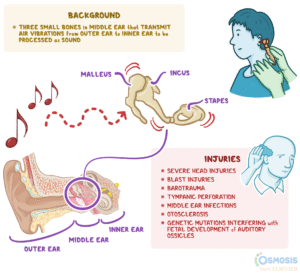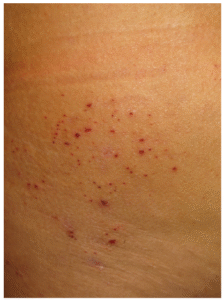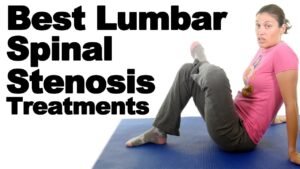Pec Minor Stretches and Your Posture
Pec Minor Stretches and How They Improve Your Posture
Estimated Read Time: 5 Minutes
Pectoralis minor stretches target a small yet crucial chest muscle that connects the upper ribs to the scapula (shoulder blade). These stretches are often recommended in physical therapy and are simple enough to perform at home. They are especially beneficial for people who spend long hours at a desk or suffer from conditions like thoracic outlet syndrome. Always consult your healthcare provider before starting any new exercise routine.
Why Pec Minor Flexibility Matters
The pec minor helps control shoulder stability and upper-body posture. When this muscle becomes tight, it can contribute to poor alignment, chest discomfort, and limited shoulder mobility. Stretching it regularly can reduce muscle tension and support better posture over time.
H2: Effective Pec Minor Stretches to Try
H3: Corner Pec Stretch
This stretch mimics a push-up but focuses on lengthening the chest muscles. It’s excellent for releasing tension in the shoulders and upper chest.
How to Do It:
-
Stand facing a corner in a neutral, upright posture.
-
Position your feet parallel and bend your knees slightly for stability.
-
Keep your head aligned by looking straight ahead and gently tucking your chin.
-
Place your forearms and palms on each side of the corner wall, elbows bent.
-
Inhale, then exhale as you gently engage your core and lean into the corner.
-
Hold the stretch for up to 30 seconds, then slowly return to the starting position.
-
For a deeper stretch, adjust the position of your arms slightly up, down, or outward.
H3: Doorway Stretch
This stretch works the pec major and minor muscles, improving chest flexibility and posture.
Steps:
-
Stand in a doorway with your feet together.
-
Place your hands and forearms on either side of the doorway at shoulder height, elbows bent at 90 degrees.
-
Step one foot forward and gently lean into the doorway until you feel a stretch across your chest.
-
Keep your spine neutral and avoid overarching your back.
-
Hold, then switch the stepping foot and repeat.
H3: Floor T Stretch
This stretch is typically done with a foam roller and helps release tightness in the chest and shoulders.
Instructions:
-
Lie flat on your back with a foam roller aligned along your spine.
-
Ensure your head and tailbone are fully supported.
-
Extend your arms directly out to the sides, forming a “T” shape.
-
Keep your palms facing upward and maintain the position for 30–60 seconds.
H3: Y Stretch
This variation targets the upper pec muscles and supports shoulder mobility.
How to Perform:
-
Lie on your back with the foam roller under your spine.
-
Stretch your arms overhead at a 45-degree angle to form a “Y” shape.
-
Let your chest muscles relax into the stretch while keeping your body supported.
H2: Additional Postural Exercises
Incorporating exercises like prone scapular retractions can further improve back and shoulder flexibility. These movements help counteract the effects of long-term poor posture, especially when performed consistently over time.
H2: Who Can Benefit From Pec Minor Stretches?
Pec minor stretches are useful for improving:
-
Thoracic outlet syndrome
-
Obstructive sleep apnea
-
Chronic obstructive pulmonary disease (COPD)
-
Postural conditions like kyphosis
-
Tension caused by prolonged computer use or poor desk ergonomics
These stretches may not replace medical treatment but can complement a well-rounded rehabilitation or fitness plan.
H2: Final Thoughts
The pectoralis minor plays a vital role in posture, shoulder stability, and even breathing. Regular stretching can reduce discomfort, enhance range of motion, and support long-term postural health. If you’re dealing with chronic tightness or discomfort, speak with your healthcare provider to determine if pec minor stretches are appropriate for your condition.
💡 Frequently Asked Questions
Q: Can I do these stretches daily?
Yes, as long as you don’t feel pain. Daily stretching can improve flexibility and posture over time.
Q: Do I need a foam roller?
A foam roller enhances some stretches but isn’t required. A firm mat can also work.
⭐ Expert Tips
-
Incorporate stretching into your morning or evening routine for consistency.
-
Combine pec stretches with back-strengthening exercises for better results.
-
Adjust desk ergonomics to prevent future muscle tightness.
✅ Key Takeaways
-
Pec minor stretches improve posture and relieve upper body tension.
-
You can perform them at home with minimal equipment.
-
They’re especially beneficial for desk workers and those with posture-related issues.
📣 Join Our Wellness Community
Looking for more posture and wellness tips? Subscribe to our newsletter for expert guidance on stretching, mobility, and holistic health strategies.
Subscribe Now









